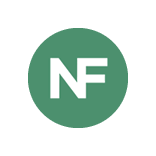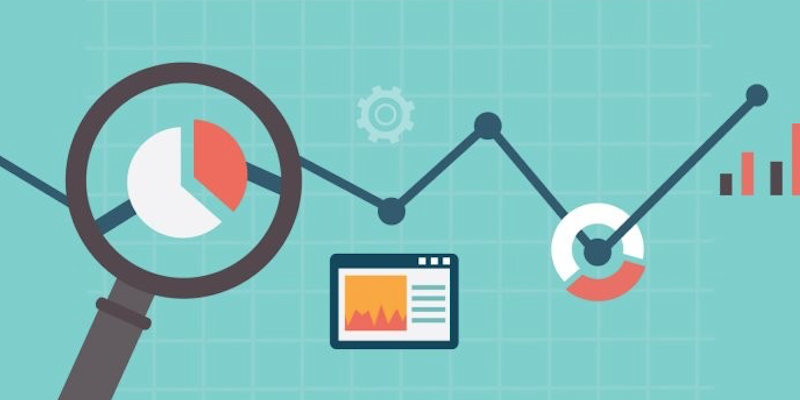In my presentations and conferences on combating fraud I always talk about how analytics is simply a detailed analysis of data. This analysis can be done vertically (using data tables), horizontally (using graphs), and diagonally (by combining a segment of the graph with its data sources). By doing analytics we can convert data into information, because we remember that the sea of data that we call Big Data is just that: data, which without analysis would not be of much use to us.
When an analyzed data is useful, it then becomes information, which can be used and transferred for decision making
And now we are going to talk about descriptive, predictive and prescriptive analytics, which is when, apart from presenting the data as information, it will be able to be used to describe, predict or prescribe situations within an organization. So let’s see what each of them means.
Descriptive analytics
It is the one where a series of alerts and key data extracted from relational and unstructured databases are objectively analyzed. Conclusions and statistics are drawn from past and current data and can be used for strategic decision making with a high degree of confidence at the institutional level.
Predictive analytics
It is the one where, using historical data, the occurrence of hypothetical future scenarios can be predicted and the ability to modify variables in said scenarios to analyze their direct impact on the consequence of a decision-making, seeking to take the most optimal for the organization.
Prescriptive analytics
If predictive analytics tells us what could happen, prescriptive analytics tells us what should happen. It may seem similar to us, but while predictive analytics can create many scenarios for us, prescriptive analytics will only give us one: the best one for making a specific decision in the organization.
Analytics in combating occupational fraud
While we might think that predictive and prescriptive analytics sound more appealing in marketing terms, descriptive analytics is still the most reliable when it comes to detecting occupational fraud (corruption, misappropriation of assets, and financial statement fraud).
If we were to use predictive analytics, we would expect several scenarios to be generated where fraud is being committed, an example of this is when a fraud alert is thrown at us through machine learning because a suspicious transaction scenario was built in a transaction, which What we want here as fraud examiners is that there aren’t too many false positives and the scenarios don’t cause too many headaches for the decision-making team.
If we use prescriptive analytics, we should be able to receive a scenario with the best recommendation for making a decision, just like a medical formula, we are prescribed a single treatment. In terms of combating occupational fraud, we should have a system that, analyzing historical and current data, is capable of prescribing the occurrence of the materialization of fraud.
How we do it with descriptive analytics
Here at NOFRAUD we develop The Fraud Explorer, a software that implements Donald R. Cressey’s fraud triangle analytics. This software collects behaviors of pressure, opportunity and justification expressed in a work environment and through semantics generates alerts when a behavior converges with a vertex of the fraud triangle.
Through descriptive analytics we can use these alerts generated by the system to analyze the context of the occurrence of each one in time and space and thus determine if that behavior could lead to the materialization of occupational fraud. We apply descriptive analytics because manual analysis of data on the behavioral sea is necessary for decision making.
References
(Ibertech, 2018) Analítica descriptiva, predictiva y prescriptiva
About NOFRAUD
NOFRAUD is the company that develops The Fraud Explorer anti-fraud software and supports individuals and companies to face and solve their challenges regarding internal fraud, corruption and corporate abuse. NOFRAUD has created the largest behavioral database of dishonest acts in the world in Spanish and English, which is used by artificial intelligence to find suspicious patterns of corruption within organizations.

We enhance the ability of organizations to increase their profits by removing the possibility for perpetrators to negatively affect revenues through fraud, corruption, corporate abuse and the creation of toxic environments.
Contact me at » jrios@nofraud.la and Visit our site » www.nofraud.la.





